Take a second to look around your house. You’ll find little boxes and paper bags everywhere – chocolates in the fridge, books from Amazon, glasses cases on the desk, etc. So, what does this mean?
This kind of packaging is everywhere. It has been around for years. In fact, the packaging industry began with Egyptian glass 3,500 years ago and continued with mulberry bark containers in China. Then Napoleon popularized canned goods. In the 1890s, Nabisco paved the way for branded packaging with its first branded consumer package.
The packaging market has only grown since then. Globally, the packaging industry generates $500 billion in revenue each year. By 2024, the global digital printing and packaging market is expected to reach $28 billion. All of this points to a wealth of business opportunities in the industry to choose from. So, if you’re going to give it a try, this guide is for you.
This packaging business plan answers all your questions about getting started in the packaging industry. How to start a packaging business in a nutshell:
- Step 1: Planning is important
- Step 2: Go online
- Step 3: Launch and roll-out
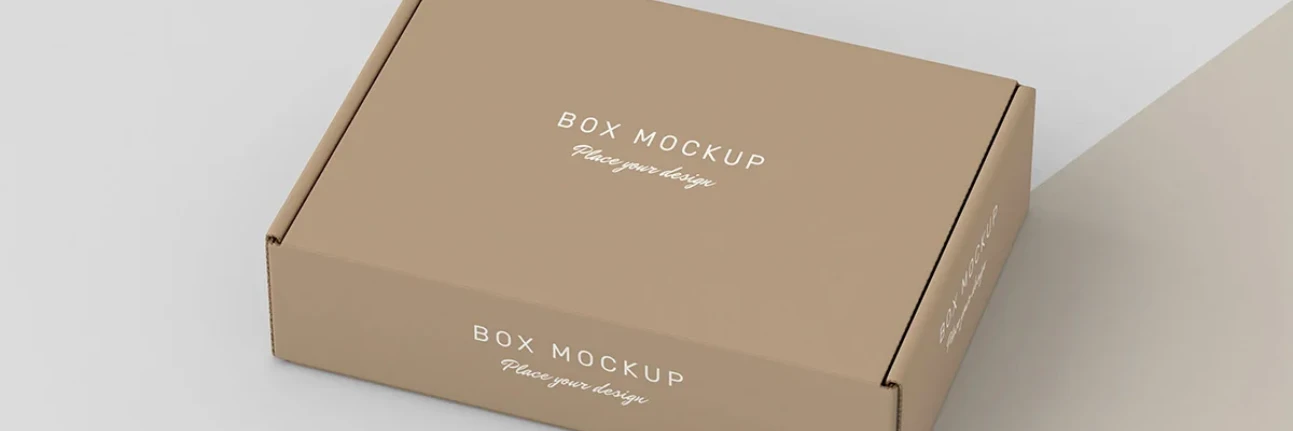
1. Step 1: Planning is important
Developing a packaging business plan is critical to the success of a packaging company. Before you begin, be sure to answer the following questions:
1) What is my target market?
The packaging business is multifaceted. Therefore, you need to specialize in a specific market. Would you like to provide food and beverage packaging? Or do you want to specialize in cosmetics and fashion? You can even go to pharmaceutical, industrial, or home companies. The choice is up to you, but be careful not to make decisions based on guesswork. Do some research and look at the statistics for trends and settings in your packaging business plan.
Other considerations include determining who are you targeting. Which customer segments could benefit from the services you provide? For example, if you decide to produce cosmetic packaging, your target audience may be young women or teenage girls. This will help you make further decisions on packaging design, color, shape, etc.
2) Do I have enough resources?
Similar to any business, even a packaging business requires you to pay for packaging materials, supply charges, and more. So, when developing your packaging business plan, remember to create a budget. Over time, it will increase your profits and return on investment.
3) The following tips will help you manage your budget effectively:
Know your packaging needs: According to common human psychology, buying in bulk helps to reach your target price. This approach doesn’t always work. There are times when you spend more than you planned. Unfortunately, if those materials don’t sell out, you’ll have to spend extra money to stock up on the stock. So, be mindful of the amount of packaging your company needs. Long-term, this will help control costs.
Protect yourself against unexpected mishaps: Business can be unpredictable. At times, unexpected opportunities may pop up, such as special events or co-branded partnerships. In this case, setting aside a portion of your budget may help you deal with last-minute opportunities.
Don’t wait until the end of the year to analyze and correct your budget. Track your spending and make proactive changes monthly. Second, remember that your budget won’t stay the same. It has the potential to change as your business changes. So, depending on business growth and profits, you need to adjust it. Regularly revisiting your budget and redefining your packaging business plan will give you complete financial control and more opportunity to research and research the latest market trends. Apart from that, you can even take advantage of setting up an investment platform. To achieve this, you will have qualified financial experts on your team involved in tracking your expenses online. Let us help you build your business with a Web to Print Solution.
4) How will I manage core components?
From material types to choosing a shipping process, understanding all areas of the packaging business is key to starting and expanding your business successfully.
Some of the key packaging areas to focus on when developing a packaging business plan are:
Material
Paper: A popular material because it is low cost and holds its shape for a long time. Packaging using paper includes cartons, labels, leaflets, tubes, corrugated boxes, cartons, and pulp packaging.
Glass: Glass is inert, sterilizable, pressure-resistant, and recyclable, and you can shape it into different shapes. Industries that use glass packaging include cosmetics and personal care, food and condiments, and even home decor and candles.
Metal: Tinplate or aluminum is the primary metal for food and beverage cans, aerosol cans, pipes, drums, and pulp.
Wood: Pallets and crates are popular. Cigars, gifts, tea, cheese, etc. can be packed in wooden boxes.
These are the most basic materials. However, businesses across the globe are adopting the concepts of ‘reduce’, ‘reuse’, and ‘recycle’ in their packaging. Coca-Cola, for example, is working to create packaging that contains at least 50% recycled material by the end of 2030. Even customers appreciate brands that are committed to improving the environment. Additionally, 86% of consumers in the younger generation (<45 years old) say they are willing to pay more for sustainable packaging.
If you’re passionate about environmental concerns, you might want to make the switch to sustainable packaging. How to do this?
- Use 100% recycled or reusable environmentally friendly raw materials
- Use paper instead of plastic. For example, bagasse paper. It is the sugarcane fiber pulp left after juicing.
- Moving to nanomaterials – materials that consist of only one type of material or fiber, rather than a mix of materials, because they are easier to recycle.
There are many innovative ideas. Step outside the box and go green!
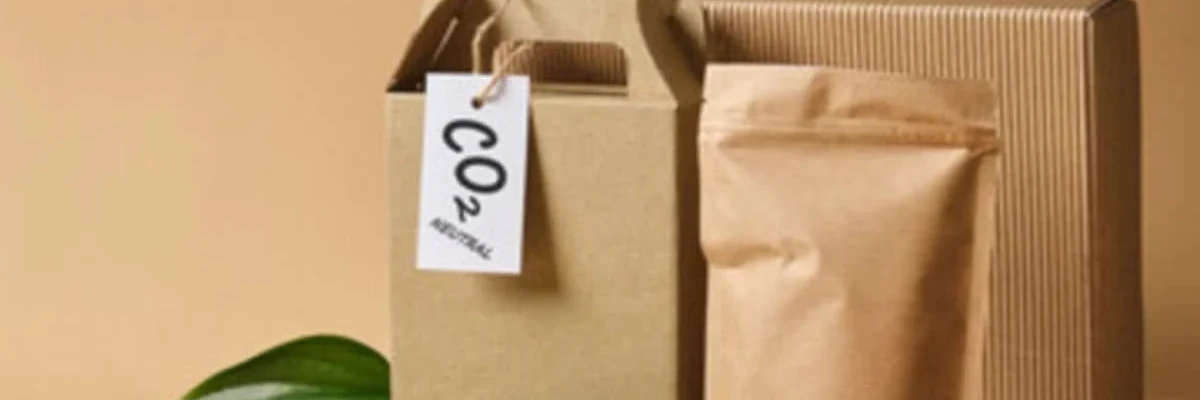
5) Manage Supplies
Once you have decided on your packaging materials, the next step is to find a manufacturer for your product that can deliver quality materials on time and at a reasonable cost. To do this, you first need to figure out your order quantity. Generally speaking, overseas manufacturers are suitable for high-volume orders, while local manufacturers are suitable for smaller personalized products. But you will have the benefit of fast shipping at a low price. There are directories online to help you choose a manufacturer. Second, it is important to check with the manufacturer whether he will deliver the material. If not, then you will need to find a supplier that offers these materials at an affordable price.
Before you make any decisions, please consider the following:
Price: Prices vary depending on packing material and shipping location. However, ask suppliers how they can provide materials at a lower price while maintaining quality. Don’t pay any hidden fees.
Selecting Materials: It is important to select suppliers who (a) have a wide variety of materials and (b) have them in stock.
Repeat orders: When signing the contract, discuss the possibility of repeat orders. This way, you can receive your order on a regular basis without having to wait.
Delivery time: A little delay in the process could cost you a customer. Therefore, choose a supplier with a proven delivery record.
Quality: You get the material on time, but if the quality is not up to par, then it’s useless. We are very particular about the quality of the materials provided by the suppliers. Never compromise.
So far, we have finished sorting out the key components required for the packaging business. Now suppose you have decided to sell your packaging to a food and beverage brand. According to Thomas Supplier Discovery, there are more than 967 food packaging suppliers in the United States. How will you ensure your business is unique? Good quality at an affordable price – and that’s certainly true. But the key is to provide personalized packaging.
6) The rise of custom packaging
Customers are looking for the personal connection that brands and products have to offer. To that end, companies are focusing on personalization. Do you remember the famous #ShareTheCoke campaign? This is a perfect example of personalized packaging.
Coca-Cola replaced the logo on all bottles with 150 of the most popular names and nicknames. This allows customers to create and personalize virtual cans to order or send to others. In the first year of the campaign, Coca-Cola’s sales increased by more than 19%.
The main reason this is successful is because it provides personal meaning to each buyer. We all have preferences, and we want things to be done our way. We even want brands to offer customization options based on personal preferences. If you want your packaging business to stand out, you must create a fully customized experience and offer something specific to your customers.
Here are two major benefits of offering custom packaging:
Customer Loyalty: Brand A offers traditional paper packaging with a logo and tagline. Brand B lets users choose a black/white or multicolor design. It’s not just that users can add graphics. Guess who will have huge traffic. Brand B, obviously.
A provided is generic. Boring, maybe. But B makes users feel special. Once you create a better customer experience and create an emotional connection, customers are likely to buy again. That’s why 90% of packaging professionals believe the trend toward customization will continue to rise in the coming years.
That’s the power of custom packaging. This is a great way to build customer loyalty and outperform your competition. Second, people are willing to pay around 20% more for personalized products. This means you can charge more for the content you provide.
Increased profits: If you offer something valuable and unique, your customers are likely to opt for a premium plan. According to a study by Deloitte, 1 in 5 consumers would not mind paying a 20% premium for exclusive products. This means your packaging business can easily make more money. Plus, satisfied users share your brand on social media and recommend it to others. Your sales will increase as a result.
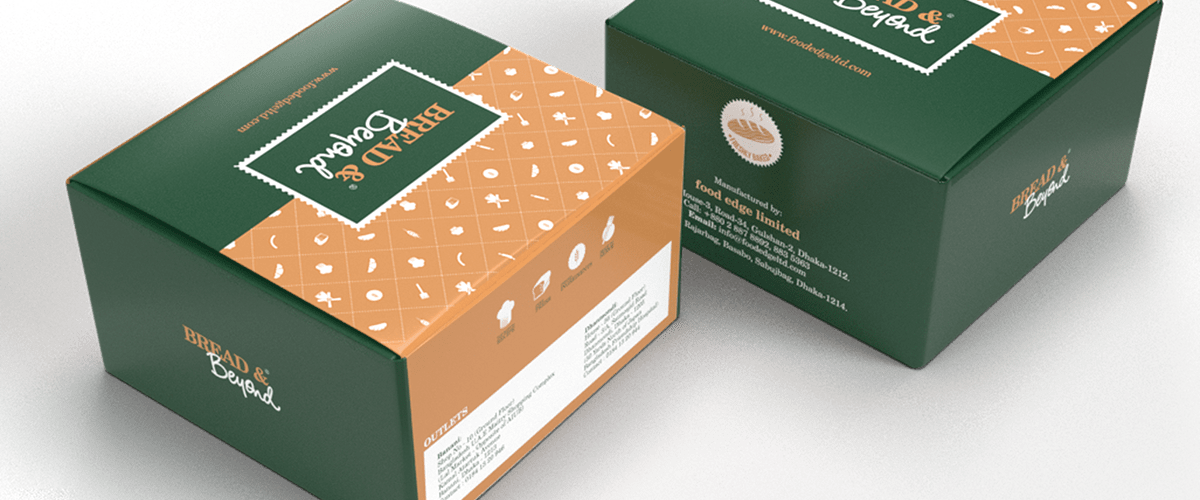
7) Web-to-Print Software: A Cost-Effective Solution
To expand your business and harness the power of product customization, you need a web-to-print solution. The software allows users to design commercial custom packaging through the website, which they can then place an order for. Implementing it will surely ensure your business reaches across borders.
Before purchasing software, please keep the following in mind:
- Custom web-to-print solutions with third-party tools add functionality.
- A cost-effective solution with a library of ideas, designs, slide templates, images, color schemes, quotes, and graphics.
- Creates and maintains product catalogs.
8) Printing method
The next step is to decide which printing method you will use for packaging:
Offset printing: Cosmetic boxes, electronics, and food packaging are all printed using this method. It allows you to use more than four colors and give the final product a soft matte touch or a high gloss look. The biggest disadvantages of photolithography are high investment and long lead times.
Flexographic printing: commonly used in stand-up pouches and corrugated boxes. The turnaround time is faster and the cost is lower. Note that the print quality of flexographic printing is significantly lower compared to lithographic printing.
Digital Printing: Popular for small-run printing jobs. Labels, flexible packaging films, folding cartons, and corrugated boxes – all are printed digitally. It requires minimal tooling and has a quick turnaround time. However, this method may not be convenient for printing large quantities.
Gravure printing: Manufacturers often use this method for bags and boxes—especially food packaging. It provides long-lasting prints, but the tooling costs are quite high.
Screen Printing: This is a good option for custom packaging. Manufacturers commonly use screen printing on glass and metal bottles. Production speeds are much lower with screen printing, and the process is manual, sometimes resulting in poor quality.
Which one is right for you?
Choosing the right method depends on your requirements and budget. Regardless, if you must print high volumes at a lower cost, consider flexo printing. High-volume production on flat packs at moderate cost; choose photolithography. Digital or screen printing are good options for lower print runs. If you have a large number of detailed designs, consider gravure printing.
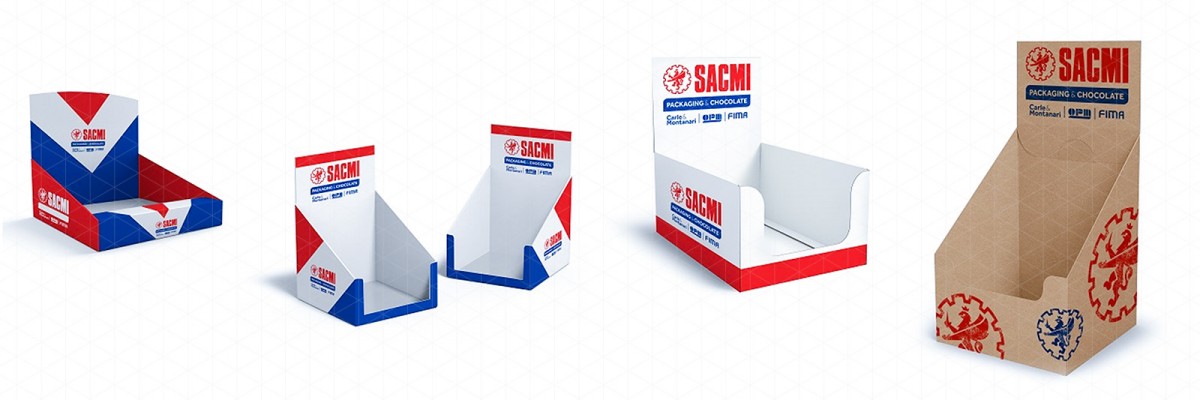
2. Step 2: Go online
This is the second step in the packaging business.
1) Choose your company name
Ask your friends and family, use your imagination, and write down every name you can think of. Once you’ve got your top 3 or 5, go to a domain generator like GoDaddy, check availability and see what works. Remember, the best business titles are short, clear, and reflective of what you do.
2) Register your packaging business
For a legitimate business, you will need a vendor license. Contact your local attorney. Your sales will increase as a result. Also, contact your state’s secretary of state and tax department.
Here you can register the required documents. Next, since you will be making taxable sales; you will need a seller’s permit or seller’s license. Rules vary by city or state. This license is important because the vendors you will be working with in the future will rarely require it.
3) Choose an e-commerce platform
For this, what you usually do is search online and choose one of the top 5 platforms, i.e. Shopify, Magento, WooCommerce, BigCommerce, etc. Smart move. But for long-term success, you need a fully functional and feature-rich website. So, don’t make random decisions.
You can also outsource your eCommerce solution and leave the process to the experts. With their expertise and experience, they can develop a successful e-commerce platform for your packaging business.
Here are the two main eCommerce solutions available in the market:
- SaaS-based e-commerce platform
- Open-source e-commerce platform
SaaS-based eCommerce platforms are off-the-shelf solutions that use cloud hosting. It’s a great option if you don’t want to focus on the technical side and just want to focus on sales. The provider will take care of all aspects such as web hosting, platform customization, security updates, payment processing, etc. This will require you to pay a recurring monthly or annual fee depending on the features you choose.
- Shopping
- E-commerce
- Square space
- Outbreak
- Big cartel
Open source, on the other hand, gives you the source code from which you can install and set up your site. You have full control over your website and get more scalability and customizability on your website. Using this platform requires some technical knowledge, or you can hire a team.
An easy way to choose an eCommerce platform is to consider the features it offers.
SEO Friendly: What Are Your Goals? If a user searches for cookie jars for packaging companies, they should find your brand among the top results. correct? In order to rank high in search results, you need to have an SEO-friendly platform. Choose a platform that offers basic SEO-friendly features by default.
Mobile Friendly: In most cases, users search for products or make purchases from their mobile phones. Having a mobile-friendly store will allow you to easily reach mobile users.
Security: With online threats increasing every day, you want to protect your store from hackers. Check that the platform is secure by confirming that it supports HTTP or SSL support. Even make sure payment options are secure to protect customer data.
Product Management System: Choose a platform that allows you to upload your products and manage your product listings in order to run smoothly. For this, you will need features such as dynamic catalog filters, the ability to create product variations, map different shipping options, advanced product listings, and more.
Multi-Channel Integration: Once your business is back in good shape, you’ll want to sell with your website on multiple marketplaces like Amazon, eBay, Etsy, and Google Shopping. So, for this, it is essential to have a platform that allows you to integrate your store into other platforms.
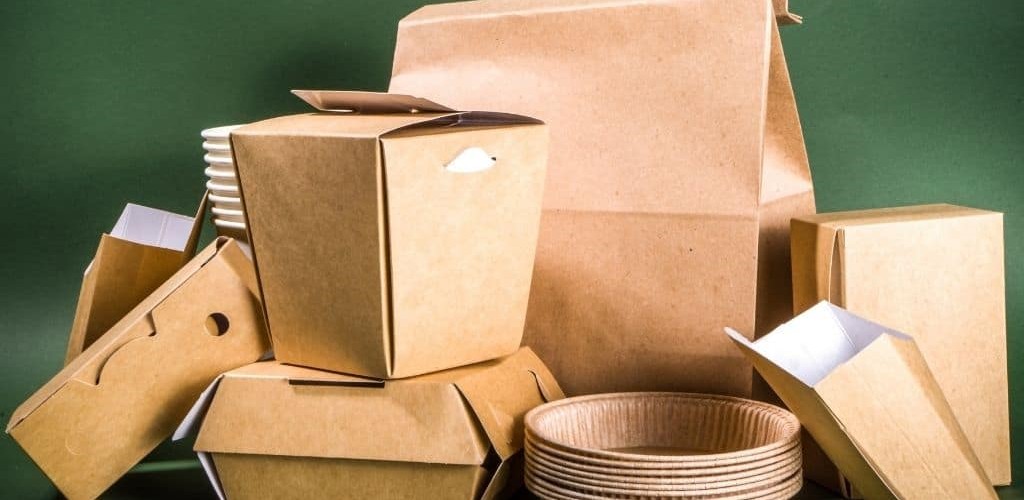
3. Step 3: Launch and roll-out
Your packaging business is now ready. To ensure your store reaches your target audience, you must develop a marketing strategy.
Pre-market marketing:
- Your website should have a “coming soon” page.
- Grow your email list.
- Make a splash on social media.
After publishing:
- Optimize your store for SEO
- Connect with Influencers
- Start blogging
- Make a YouTube video

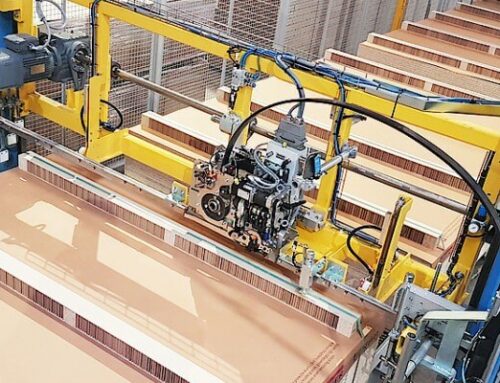
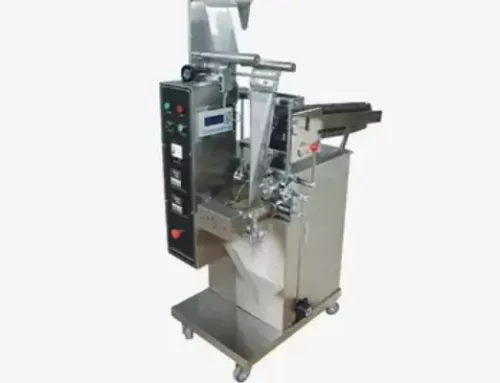
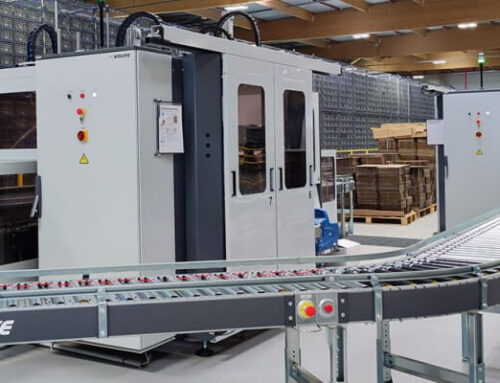
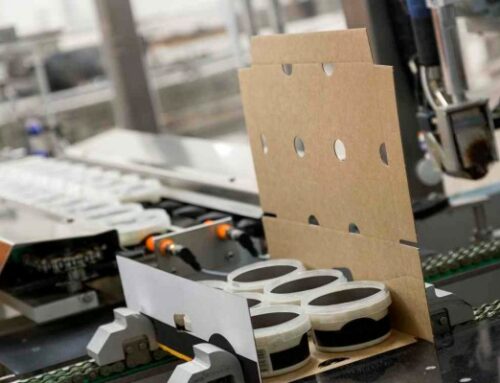
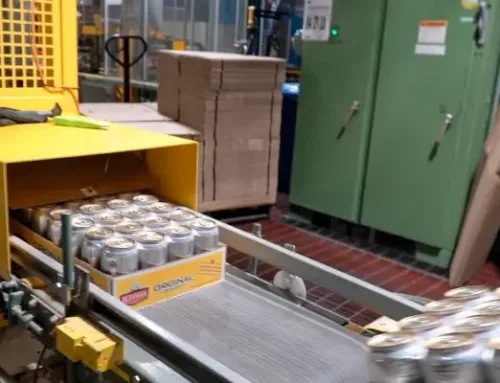
Leave A Comment